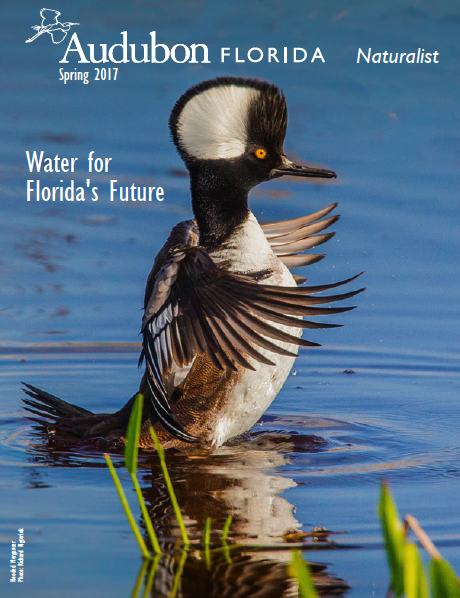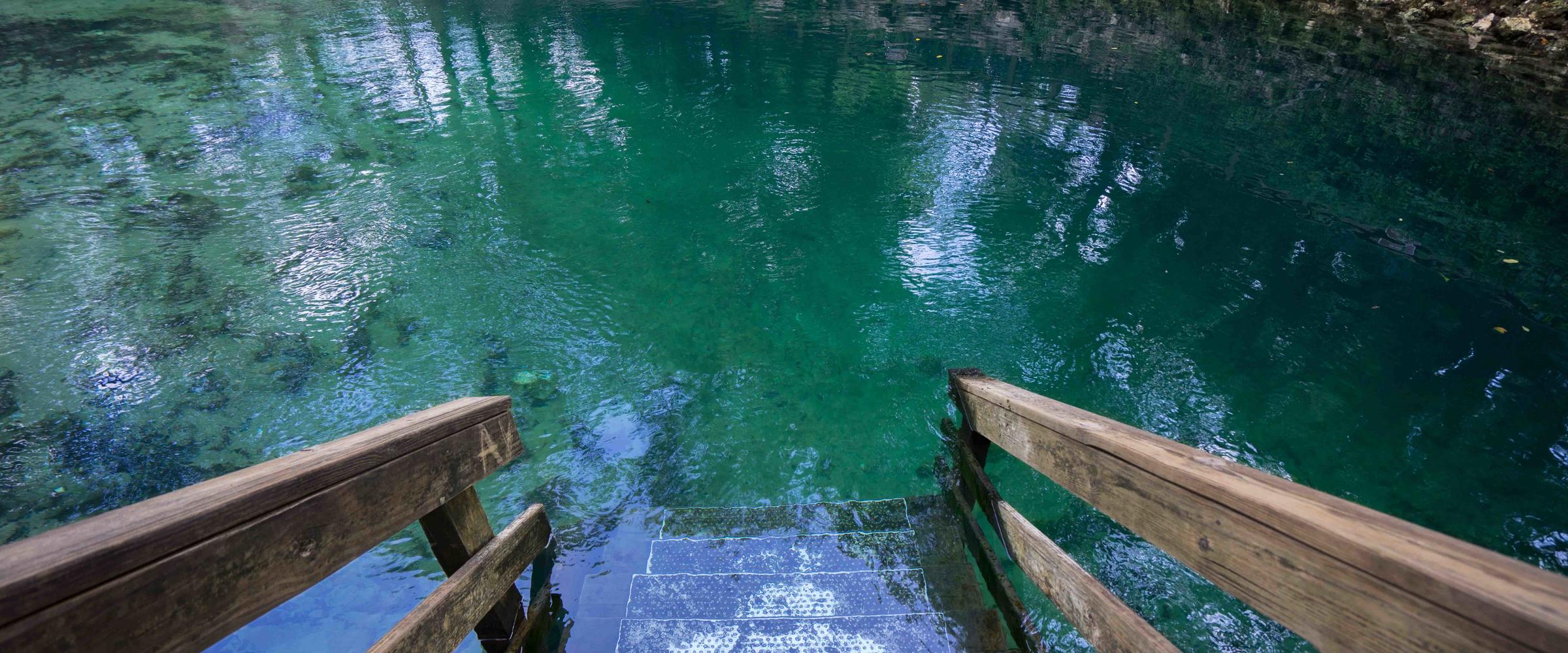Every part of Florida is suffering from water quality and water supply challenges. In most cases, government agencies have fallen short in keeping our water clean and protecting natural systems. Budget cuts and political opposition to water resource protection have created a backlog of problems that require new solutions.
Audubon Florida has been at the forefront of almost every successful effort to protect wetlands and water resources. Using birdlife as the measure of healthy ecosystems, we put science and advocacy behind our recommendations to keep more water in the watershed and keep pollution out. Audubon has a presence everywhere in Florida - meaning that we have members, centers and local Audubon chapters in every part of the Sunshine State.
In thinking through Audubon’s role, it is helpful to recount our current engagement.
Audubon’s science helps guide Everglades water management decisions, while our policy office is at the forefront of every legislative and agency debate about getting more freshwater in the right place at the right time. Audubon’s Lake Okeechobee Sanctuaries give us a unique voice for Florida’s largest lake and for reducing unwanted discharges to the St. Lucie and Caloosahatchee estuaries. Audubon’s Corkscrew Swamp Sanctuary is a proving ground for protecting and restoring the shallow wetlands that wading birds need to thrive in the Western Everglades. Audubon helped shape a Wekiva Springs protection plan and has played a role in other Central Florida watersheds including the Green Swamp, Kissimmee River and the Econlockhatchee River. We work with others to improve Tampa Bay, which is home to some of the Gulf’s largest concentrations of nesting wading birds.
In North Florida, Audubon has partnered with others to advocate for restoring the Ocklawaha River and protecting springs from pollution and overuse of groundwater. More recently, we were the lead on a friend of the court brief asking the U.S. Supreme Court to stop Georgia’s over consumption of water to protect the Apalachicola River ecosystem.
With our local chapters from Biscayne to Pensacola Bay we are engaging statewide in watershed restoration.
Audubon Florida Water Action Plan for 2017-2018
Florida’s waterways are in serious trouble, and Audubon is stepping up efforts. To be effective, we must harness the power of individuals, science, and government.
| Science-Based Policy |
Influence |
|---|---|
|
Clean water and water resource management depend on effective agency action. We have good water laws, but weakened state agencies with diminishing resources. State officials have not made water protection a high priority. Other issues often override the importance of protecting water resources. Lack of public involvement and attention reduces the environment’s political relevance. Our water policy laws were put in place in response to citizen pressure reinforced by the news media and business. With the right attention and political will, these laws can accomplish their stated goals. Audubon focuses on solutions – policies, programs, and funding – required to solve Florida’s water challenges. Priority Actions:
|
Audubon is effective at mobilizing people at grassroots and decision-making levels while working with other organizations who share our purposes. To be influential, we enlist people to participate in public policy decision-making. Our chapters, centers, science programs, and communications will engage others to be even more influential to accomplish our goals. Priority Actions:
|
This article and more are featured in the Spring 2017 edition of Audubon Florida's Naturalist magazine. |
 |




